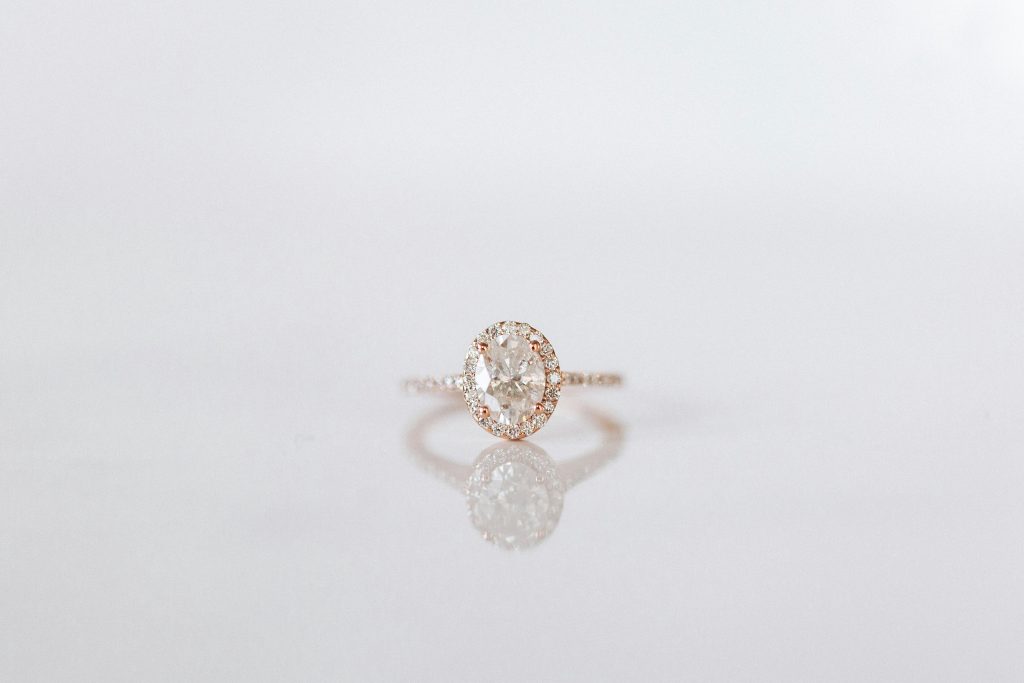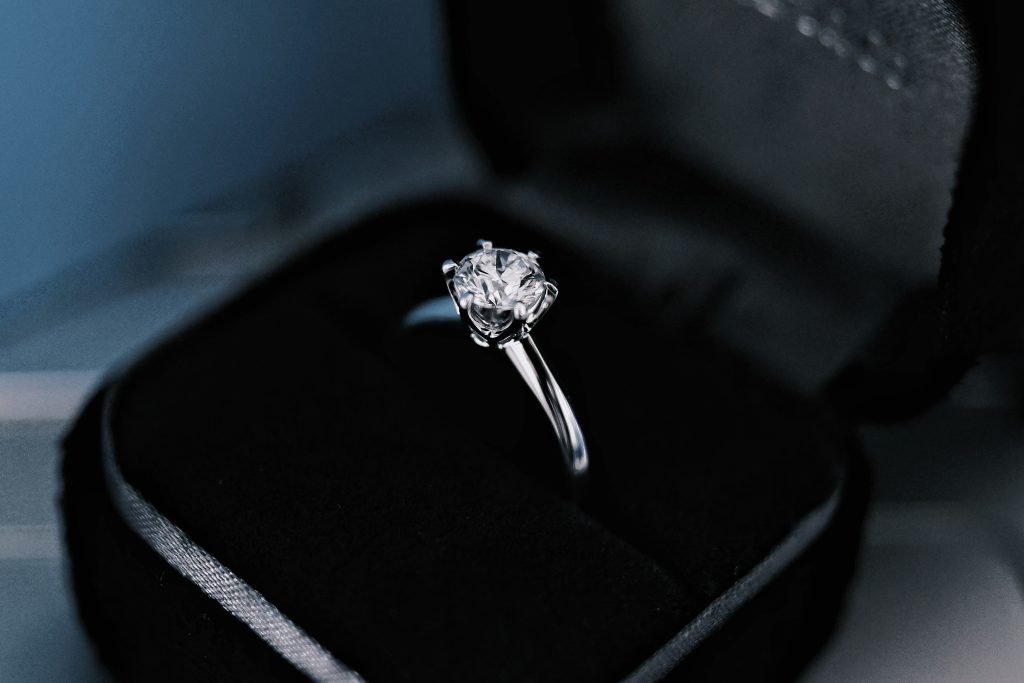The Emergence of Social Media as a Sales Channel
Over the past decade, social media has evolved from a simple tool for social interaction into a powerful platform for commercial activity, including high-value markets such as the diamond industry. Traditionally, diamond sales were confined to brick-and-mortar stores and high-end jewelry retailers, where trust and physical presence played crucial roles in purchasing decisions. However, platforms such as Instagram, Facebook, TikTok, and Pinterest have enabled both established brands and independent jewelers to reach a global audience directly. These channels are now used not only for branding and visual storytelling but also for direct-to-consumer sales through integrated e-commerce features. The ease with which consumers can now browse, compare, and even purchase diamonds on social platforms has dramatically altered the industry’s landscape. With visual content taking center stage, jewelers utilize high-resolution photography, lifestyle shoots, and 360-degree video showcases to capture the brilliance and detail of diamonds, compensating for the lack of in-person viewing.

Visual Storytelling and Emotional Engagement
Diamonds have long been associated with milestones, emotions, and symbolism, making them especially suitable for visual and emotional marketing strategies. Social media facilitates this through curated feeds, influencer endorsements, and user-generated content that connect emotionally with potential buyers. Platforms like Instagram and Pinterest prioritize aesthetic presentation, which aligns perfectly with the visual appeal of diamonds. Retailers often share engagement stories, wedding photos, and customer testimonials to create a narrative around the product. This form of storytelling fosters trust and aspiration, often encouraging impulse buying or brand loyalty. Additionally, visual formats such as Instagram Reels or TikTok videos can illustrate the sparkle, clarity, and setting of a diamond in ways that mimic the in-store experience. Emotional engagement strategies can also include behind-the-scenes content from workshops, the diamond selection process, or the crafting of custom pieces—elements that deepen customer connection and educate them about the product’s value and uniqueness.
Influencers and Social Proof in Diamond Marketing
The rise of influencer marketing has had a significant impact on consumer behavior, especially in luxury and aspirational product segments such as diamonds. Influencers—whether celebrities, lifestyle bloggers, or micro-influencers—often serve as trusted voices for their followers. When an influencer shares their experience purchasing an engagement ring or wearing a designer diamond necklace, it can drive substantial attention and validation toward the brand. This form of third-party endorsement functions as social proof, reducing consumer hesitation and increasing perceived trustworthiness. Moreover, influencers often present products in real-life contexts—such as proposals, weddings, or glamorous events—offering relatable yet aspirational scenarios. This combination of authenticity and desirability can result in higher engagement and conversion rates than traditional advertising. Brands strategically collaborate with influencers whose audience demographics align with their target market, leveraging metrics such as engagement rate, reach, and follower loyalty to guide campaign decisions. In many cases, influencer partnerships are designed around product launches, exclusive discounts, or storytelling campaigns to maximize impact.
E-Commerce Integration and Social Selling Features
One of the most transformative elements of social media in the diamond industry is the integration of e-commerce functionality within social platforms themselves. Tools like Instagram Shopping, Facebook Marketplace, and TikTok Shop enable users to browse and purchase directly from a brand’s profile without leaving the app. For diamond retailers, this presents an opportunity to streamline the buyer journey and convert interest into sales with fewer friction points. Buyers can view product specifications, see pricing, and initiate a purchase all within a few taps. This immediacy is particularly appealing to younger consumers who prioritize convenience and digital fluency. Additionally, social selling allows for the use of real-time customer service features, such as live chats or direct messaging, to address questions about diamond grading, ethical sourcing, or custom orders. For high-value items like diamonds, this blend of automation and personal interaction is essential in building confidence. Live-streamed sales events, virtual trunk shows, and limited-time offers have also become popular tactics for engaging customers in a more immersive way.
Data-Driven Marketing and Audience Targeting
Another powerful aspect of social media is the ability to deploy data-driven marketing campaigns that target specific audience segments based on behavior, interests, and demographics. Platforms like Facebook and Instagram offer advanced analytics and advertising tools that allow diamond retailers to tailor their messaging to reach consumers who are most likely to be interested in luxury goods. For instance, a retailer can launch a campaign targeted at engaged women aged 25-35 living in metropolitan areas, who have previously interacted with jewelry content. By analyzing metrics such as click-through rates, engagement levels, and conversion data, sellers can refine their marketing strategies continuously. Retargeting ads can also play a crucial role by reminding users of items they previously viewed, encouraging them to revisit the product or complete a purchase. In the context of high-value purchases like diamonds, multiple impressions and repeated exposure are often necessary before a buyer feels confident enough to commit. Social media platforms thus serve not only as marketing tools but also as feedback mechanisms that help businesses optimize their sales funnels.

Consumer Education and Transparency Through Content
One of the more nuanced yet impactful roles of social media in diamond sales is its capacity to educate consumers. The diamond purchasing process involves a complex array of considerations, including the 4Cs (cut, color, clarity, carat), certifications, ethical sourcing, and pricing. Social media allows retailers and industry experts to demystify these concepts through educational posts, explainer videos, infographics, and live Q&A sessions. By delivering bite-sized but valuable information, brands can empower consumers to make informed decisions. Transparency about sourcing practices, laboratory certifications, and origin tracing can also be communicated effectively through visual storytelling and factual content. For example, a jeweler might share a behind-the-scenes video of how a conflict-free diamond is mined, cut, and set into a ring. Such transparency not only builds credibility but also aligns with growing consumer demands for ethical and sustainable products. Informed customers are more likely to trust a brand and feel confident in their purchase, particularly when investing in high-ticket items like diamonds.
User-Generated Content and Community Engagement
User-generated content (UGC) has become a cornerstone of effective social media strategies in the diamond industry. Customers sharing their own experiences—such as engagement moments, unboxing videos, or reviews—adds an authentic layer of trust to a brand’s digital presence. These organic endorsements often perform better in terms of engagement than brand-produced content. Jewelers frequently encourage this type of participation through branded hashtags, social media contests, and reposting customer photos with credit. This approach not only increases visibility but also creates a sense of community around the brand. Customers who see their content shared by a brand often develop stronger emotional ties and loyalty. Moreover, UGC serves as an ever-expanding catalog of “real-life” product showcases, helping potential buyers see how the diamond pieces look in various settings, lighting conditions, and occasions. This peer-driven marketing method supports transparency and relatability, which are critical in converting hesitant shoppers into confident buyers.
Challenges and Risks of Selling Diamonds on Social Media
While social media offers numerous opportunities for diamond sales and brand expansion, it also presents certain challenges and risks. Chief among them is the issue of trust. Purchasing a diamond, especially online, involves a considerable financial investment, and consumers may be wary of fraud, counterfeit products, or misleading representations. Unscrupulous sellers can use the anonymity of social platforms to market low-quality or synthetically treated stones without proper disclosure. To mitigate this, reputable brands must clearly display certifications, offer return policies, and provide contact information for further inquiries. Another challenge lies in accurately portraying the brilliance and quality of a diamond through a screen. Lighting, camera quality, and editing can all affect how a diamond appears, potentially leading to customer dissatisfaction upon delivery. Brands must strive for accuracy and honesty in their visual content to maintain consumer trust. Lastly, the fast-paced nature of social media can result in fleeting trends and short attention spans, making it necessary for brands to constantly innovate their content to stay relevant and competitive.
The Global Reach and Democratization of Luxury
Social media has contributed to the democratization of luxury goods by expanding access to high-end products like diamonds beyond traditional geographic and socio-economic boundaries. Consumers from around the world can now engage with and purchase from brands they might never have encountered otherwise. This global reach benefits both buyers and sellers: customers gain access to a wider selection and competitive pricing, while businesses tap into new markets without the overhead of physical storefronts. Social media has also paved the way for smaller, independent jewelers to compete with larger, established brands by leveraging storytelling, craftsmanship, and niche marketing. Platforms such as Etsy and Instagram have become launching pads for bespoke designers who cater to specific tastes, such as vintage cuts, lab-grown stones, or ethical sourcing. These trends suggest that social media is not only reshaping how diamonds are marketed and sold but also challenging the traditional dynamics of power and exclusivity in the luxury goods market.
The Future of Social Media in Diamond Commerce
Looking ahead, the role of social media in diamond commerce is expected to deepen and evolve further. Advances in augmented reality (AR) and virtual reality (VR) will likely allow consumers to virtually try on diamond jewelry, enhancing confidence in their purchases. Additionally, artificial intelligence (AI) can help personalize content, recommend products based on user behavior, and even automate customer support through chatbots. These technologies, when integrated into social platforms, will create increasingly seamless and personalized shopping experiences. Furthermore, blockchain integration could provide verifiable information about a diamond’s origin and journey, addressing consumer concerns about authenticity and ethical sourcing. As younger generations—particularly Millennials and Gen Z—become the primary consumers of luxury items, their digital-native behavior will drive innovation in how diamonds are marketed. The continued blending of social engagement, education, transparency, and e-commerce suggests that social media will remain not just a tool, but a central pillar in the diamond industry’s future sales strategy.




